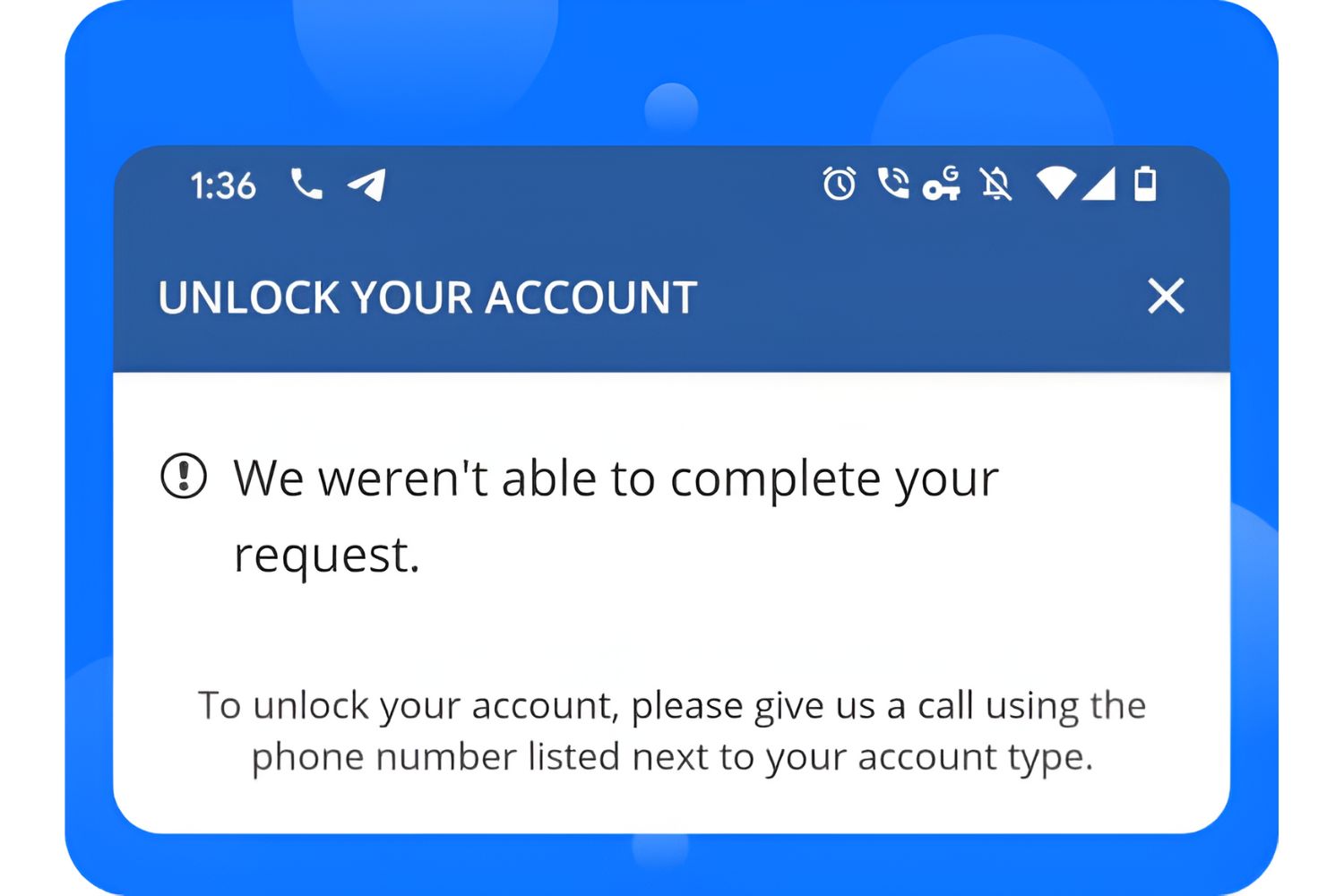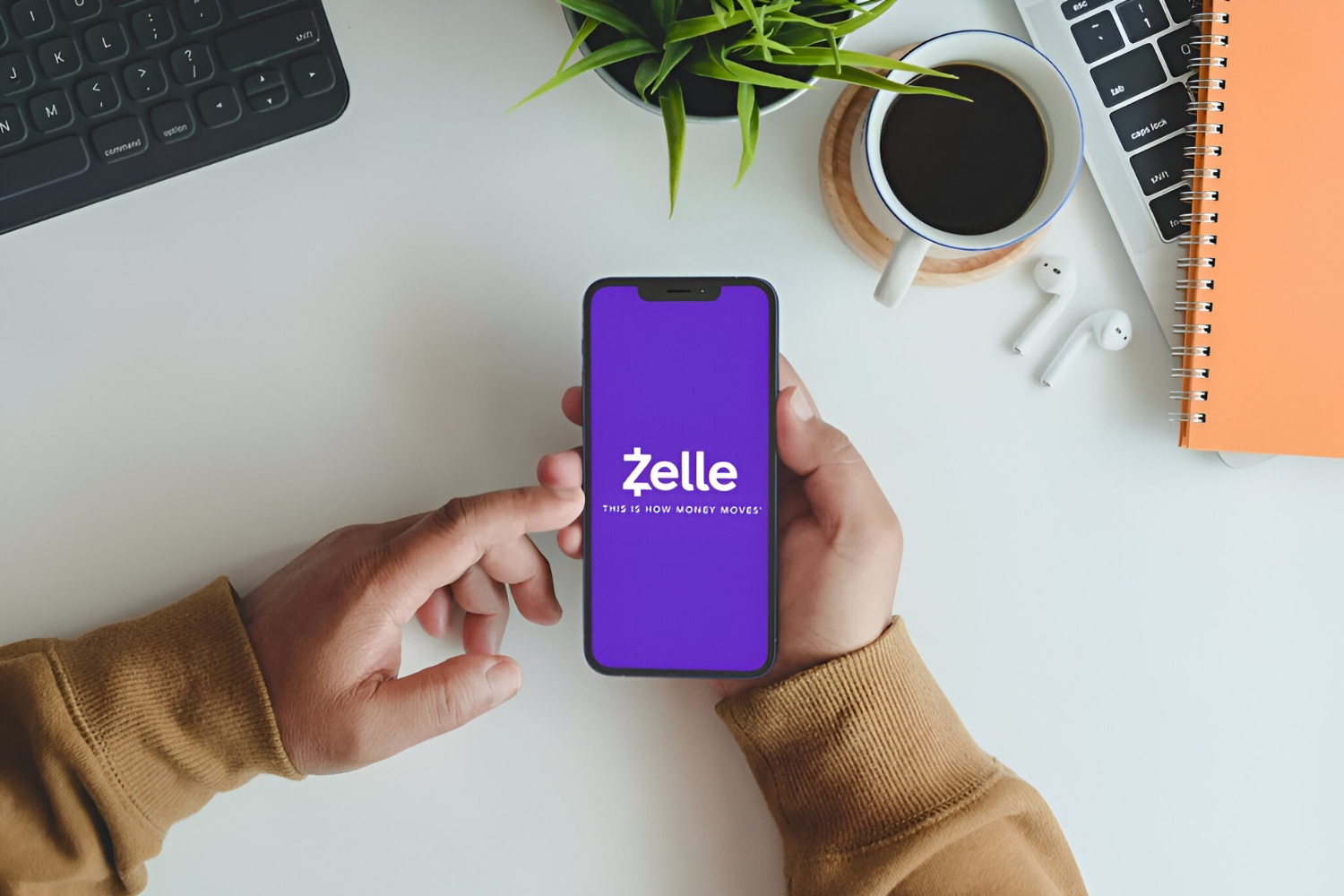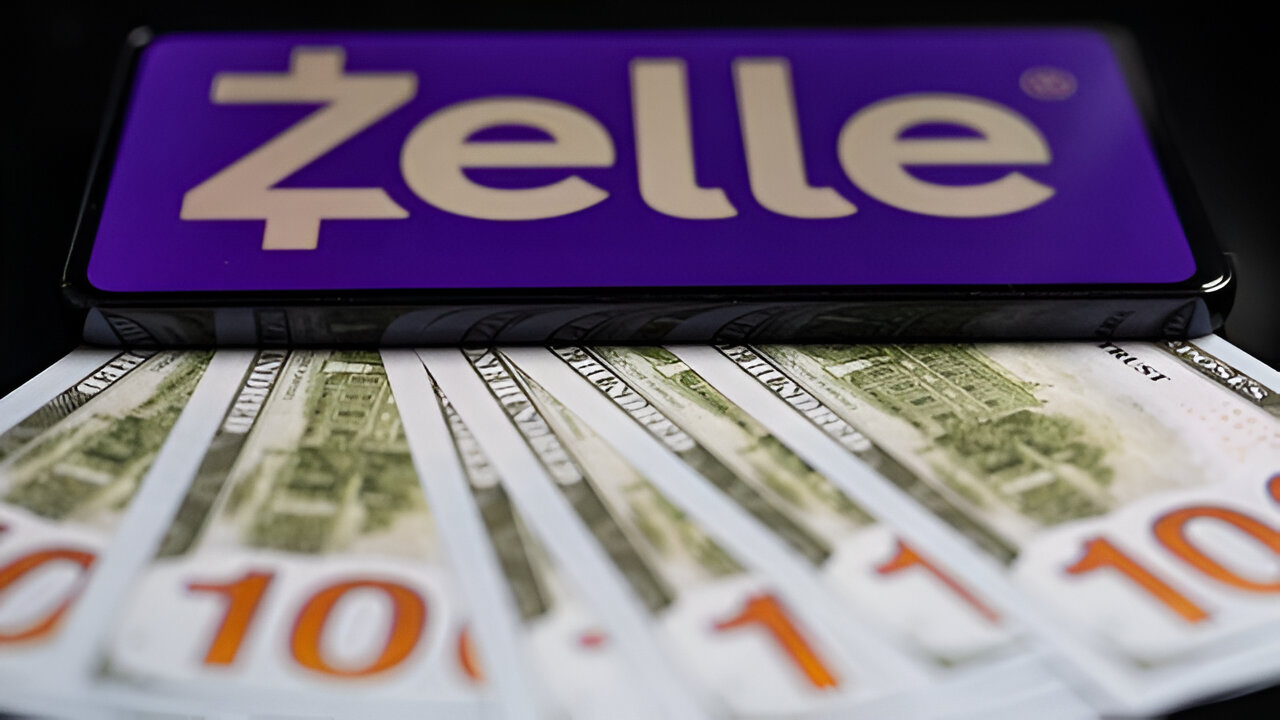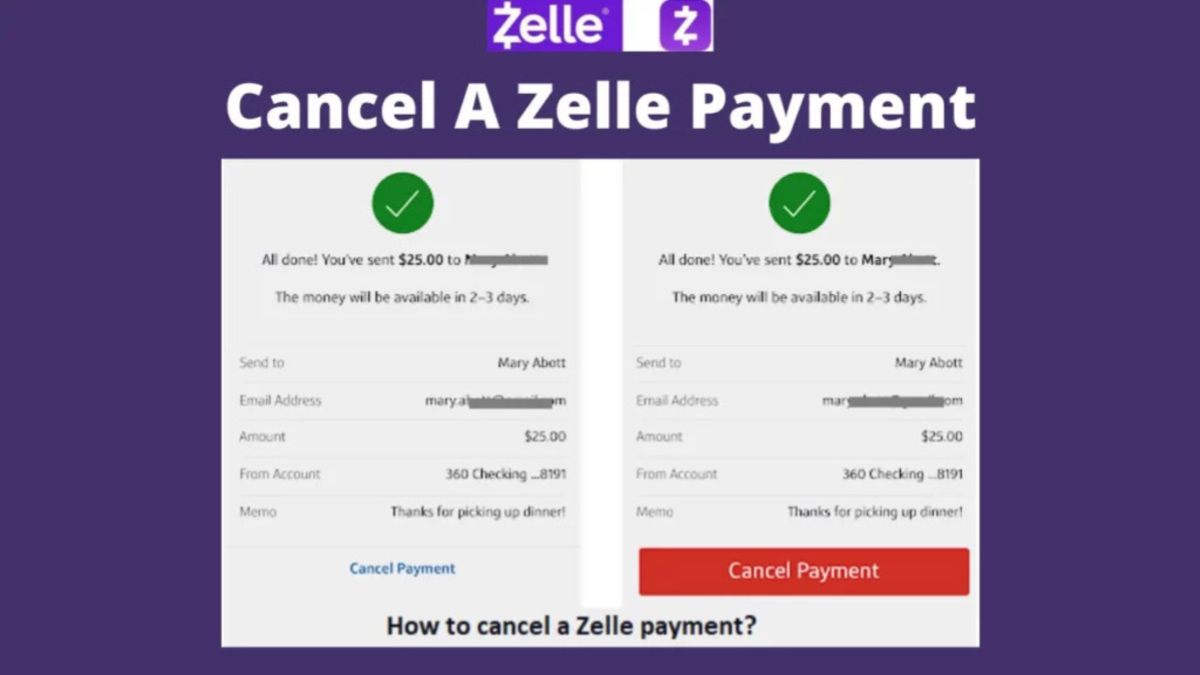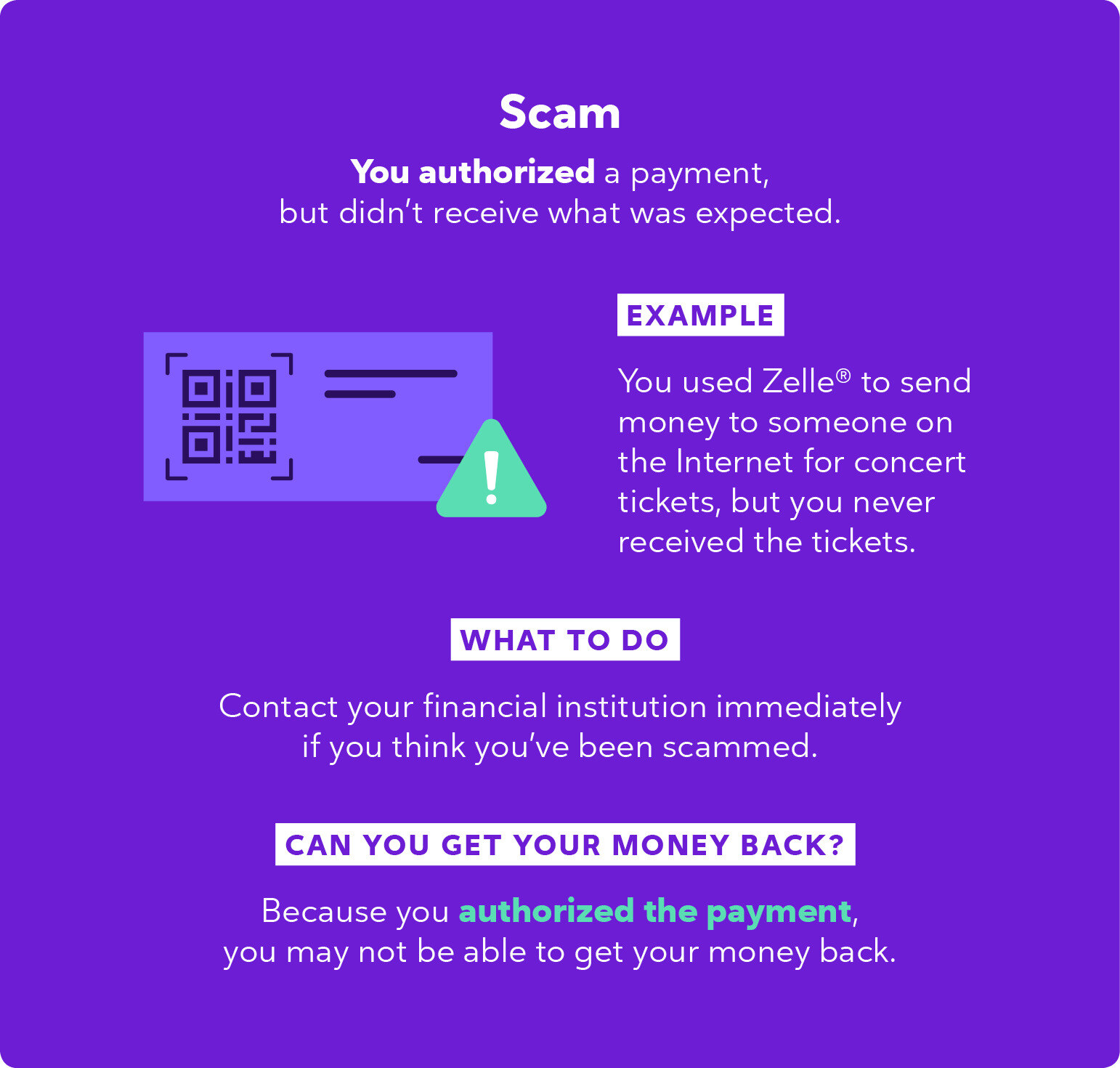Introduction
Welcome to the world of digital payments, where sending money to friends, family, or even businesses has become easier and faster than ever. With the advent of digital payment platforms, such as Zelle, you can securely and conveniently transfer funds with just a few taps on your mobile device. However, it is important to understand the intricacies of these platforms to ensure that your financial transactions are executed smoothly and without any hiccups.
In this article, we will delve into the world of Zelle, a popular digital payment platform that has gained traction among users across the United States. We will explore its features, how it functions, and most importantly, what happens if you attempt to Zelle money to a closed account. We will also shed light on any potential recourse available to recover funds in such a scenario.
So, if you’re curious to know what happens in case you make an accidental transaction to a closed account via Zelle, then keep reading to arm yourself with the necessary knowledge and insights to navigate the world of digital payments with confidence.
What is Zelle?
Zelle is a digital payment platform that allows users to send and receive money from their bank account directly. It provides a convenient and secure way to transfer funds to friends, family, or even businesses with just a few simple steps. Unlike some other payment platforms, Zelle is backed by numerous banks in the United States, making it widely accessible to users across the country.
One of the key advantages of Zelle is that it facilitates instant transfers, which means that recipients can access the funds almost immediately. Gone are the days of waiting for days or even weeks for a check to clear or a wire transfer to be processed. With Zelle, users can send and receive money in real time, enhancing convenience and expediting financial transactions.
To use Zelle, all you need is a bank account with a participating bank and a valid email address or mobile phone number. Many banks have integrated Zelle into their mobile banking apps, making it even more effortless to access and utilize the service. Once set up, you can securely send money to anyone who is also registered with Zelle, provided you have their email address or phone number associated with their Zelle account.
It’s worth noting that Zelle is primarily designed for person-to-person transfers, such as splitting a bill at a restaurant or sending money to a family member. However, some businesses, such as small vendors or independent sellers, may also accept Zelle as a form of payment. This flexibility makes Zelle a versatile platform that caters to a wide range of financial needs.
How Does Zelle Work?
Zelle operates on a network that connects participating banks and credit unions, enabling seamless money transfers between users. To use Zelle, both the sender and the recipient must have a bank account with a participating financial institution. Here’s a step-by-step breakdown of how Zelle works:
- Enrollment: To get started with Zelle, you need to enroll in the service through your bank’s mobile app or online banking platform. Look for the option to link your account to Zelle and follow the prompts to complete the enrollment process. This usually involves verifying your email address or mobile phone number.
- Sending Money: Once you’re enrolled, you can initiate a money transfer from your bank account to someone else’s bank account using Zelle. To do this, you’ll need the recipient’s email address or mobile phone number associated with their Zelle account. Simply enter the recipient’s information, specify the amount you want to send, and confirm the transaction.
- Notification to Recipient: After you’ve sent the money, the recipient will receive a notification via email or SMS, depending on their preferred method of communication. The notification will inform them that you’ve sent them money through Zelle and provide instructions on how to claim the funds.
- Recipient’s Claim Process: To receive the funds, the recipient must have a Zelle account linked to their bank account. If they already have a Zelle account, they can simply log in and accept the payment. If they don’t have a Zelle account, they will be prompted to create one using the email or phone number at which they received the notification. Once the account is set up, they can claim the funds.
- Deposit: Once the recipient has claimed the funds, the money is directly and securely deposited into their bank account. They can then access the funds and use them as desired.
It’s important to note that the specific process may vary slightly depending on the bank or credit union you’re using for your Zelle transactions. Some institutions may require additional steps or have slight variations in how they integrate Zelle into their mobile banking apps or online platforms. However, the overall concept and functionality of Zelle remain the same across participating financial institutions.
Can You Zelle Money to a Closed Account?
No, you cannot send money via Zelle to a closed account. When you initiate a money transfer using Zelle, the platform requires you to select the recipient’s bank account from a list of available options. If the account you choose is closed or invalid, Zelle will display an error message and prevent the transaction from going through.
This security measure is in place to help protect both the sender and the recipient. By preventing funds from being sent to closed accounts, Zelle minimizes the risk of accidental transfers or fraudulent activity. It ensures that funds are only transferred to active and valid bank accounts, reducing the likelihood of financial complications.
However, it’s worth noting that Zelle relies on accurate information provided by the sender. Therefore, it is crucial to double-check the recipient’s bank account details, such as the account number and routing number, before confirming the transaction. This verification step can help prevent any inadvertent errors or attempts to send funds to closed accounts.
If you do happen to mistakenly send money to a closed account, Zelle will notify you of the unsuccessful transfer and provide instructions on how to rectify the situation. It’s important to follow these instructions and take prompt action to recover the funds.
What Happens If You Zelle Money to a Closed Account?
If you accidentally send money via Zelle to a closed account, several things may happen:
- Error Notification: Zelle will immediately notify you that the transfer was unsuccessful. You may receive a message stating that the account is closed or that the transaction cannot be completed.
- Funds Returned: In most cases, the money you attempted to send will be returned to your account. Zelle understands that mistakes happen, and its system is designed to facilitate the safe and efficient return of funds in such situations.
- Processing Time: The time it takes for the funds to be returned to your account can vary. While the process is typically quick, it may take a few days for the funds to be fully credited back to your account.
- Bank Communication: Depending on your bank, you may receive additional communication regarding the unsuccessful transfer. Your bank may provide further instructions or inquire about the circumstances surrounding the transaction.
- Transaction Fee: It’s important to note that some banks may charge a transaction fee for unsuccessful transfers. This fee is typically nominal and serves as a processing charge for the attempted transaction.
In the event that the funds are not returned within a reasonable timeframe or if you encounter any issues, it is advisable to contact your bank directly. They can provide guidance on the necessary steps to resolve the situation and ensure the safe return of your funds.
It’s crucial to remain vigilant and review the details of your Zelle transactions carefully before confirming them. Verifying the recipient’s account information, such as the account number and routing number, can help mitigate the risk of sending funds to closed or invalid accounts. Taking a moment to double-check the information can save you from potential headaches and complications.
If you have any concerns or questions about an unsuccessful Zelle transfer, it’s always best to reach out to your bank’s customer support or Zelle’s dedicated support team. They can address any issues and provide personalized assistance to ensure your experience with Zelle remains smooth and secure.
Is There Any Way to Retrieve the Money?
If you accidentally send money via Zelle to a closed account, there is still a possibility to retrieve the funds. Here are steps you can take to increase your chances of recovering your money:
- Contact Your Bank: Reach out to your bank as soon as possible and inform them about the situation. Provide them with all the details of the unsuccessful transaction, including the date, amount, and recipient’s account information. Banks have processes in place to investigate such incidents and can assist you in recovering the funds.
- Provide Documentation: Be prepared to provide any documentation or evidence that may be required by your bank to support your claim, such as screenshots of the error message or any communication you had with the recipient regarding the closed account. This will help expedite the investigation process.
- Cooperate with the Bank: Follow any instructions given by your bank and cooperate fully with their investigation. They may require you to complete certain forms or provide additional information to initiate the recovery process.
- Keep Records: Maintain a record of all communications with your bank and any details related to the unsuccessful transfer. This documentation will be useful in case any further inquiries or follow-ups are needed.
- Be Patient: Recovering funds from a closed account may take some time. The process can involve coordination between banks and may require thorough investigation. It’s essential to remain patient and follow up with your bank regularly for updates on the progress.
While there is no guarantee of success, banks generally strive to assist their customers in resolving such issues. They will do their best to investigate the situation and recover the funds if possible. It’s important to remember that each case may be handled differently depending on the specific circumstances.
Additionally, it’s crucial to learn from the mistake and take preventive measures to avoid similar situations in the future. Double-checking recipient account information, practicing caution while initiating transfers, and being mindful of any warning signs or error messages can help minimize the chances of sending funds to closed accounts or encountering other issues.
If all attempts to retrieve the money fail, it may be necessary to consult legal advice or escalate the matter to higher authorities. However, it’s important to exhaust all possible options with your bank before considering further action.
Tips to Avoid Zelle Mistakes and Secure Your Transactions
To ensure smooth and secure transactions through Zelle, here are some valuable tips to keep in mind:
- Verify Recipient Details: Always double-check the recipient’s account details, such as their email address or mobile phone number, before initiating a transfer. Verifying this information will help minimize the risk of sending funds to the wrong person or a closed account.
- Use Trusted Communication Channels: When communicating sensitive information, such as Zelle account details or passwords, use secure and trusted channels. Avoid sharing such information over public Wi-Fi networks or through unencrypted messaging platforms.
- Update Contact Information: Ensure that your contact information associated with your Zelle account is up to date. This will ensure that you receive important notifications and alerts regarding your transactions.
- Set Transaction Limits: Some banks allow you to set transaction limits for Zelle transfers. Implementing limits can help minimize the potential impact of unauthorized or fraudulent transactions.
- Enable Two-Factor Authentication: Where available, enable two-factor authentication for your Zelle account. This adds an extra layer of security by requiring a second verification step, such as a unique code sent to your mobile device, during login or transaction authorization.
- Regularly Monitor Your Transactions: Keep a close eye on your Zelle transactions by regularly reviewing your account activity. Report any suspicious or unauthorized transactions to your bank immediately.
- Protect Your Device: Ensure that the device you use for Zelle transactions, such as your smartphone or computer, has up-to-date security measures in place. Install reputable antivirus software and regularly update your operating system to protect against malware and vulnerabilities.
- Beware of Phishing Attempts: Be cautious of phishing attempts that seek to obtain your Zelle account information. Avoid clicking on suspicious links or providing personal information in response to unsolicited emails, calls, or messages.
- Keep Documentation: Maintain a record of your Zelle transactions, including transaction confirmations, receipts, and any communication related to your account. This documentation can be valuable in case you need to resolve any issues or disputes with your bank.
By implementing these tips, you can mitigate the risk of Zelle mistakes and enhance the security of your transactions. Remember, vigilance and caution are key when it comes to safeguarding your financial information and ensuring a smooth experience with digital payment platforms like Zelle.
Conclusion
Zelle provides a convenient and secure way to send and receive money digitally, revolutionizing the way we handle financial transactions. However, it’s important to understand the platform’s features, limitations, and potential pitfalls to ensure a seamless experience.
If you accidentally send money to a closed account via Zelle, the platform’s safeguards prevent the transaction from going through. Zelle will promptly notify you of the unsuccessful transfer and take steps to return the funds to your account. This process typically happens automatically, but it may take a few days for the money to be fully credited back.
In case of an unsuccessful transfer, it’s crucial to contact your bank and provide them with all the necessary details. They will investigate the matter and assist you in recovering the funds. Remember to cooperate fully with your bank during this process and keep records of all communication.
To avoid Zelle mistakes and ensure the security of your transactions, take proactive measures. Verify recipient details, use trusted communication channels, update your contact information, and implement additional security measures like two-factor authentication. Regularly monitor your transactions, protect your device, and be cautious of phishing attempts.
By following these tips and exercising caution, you can enjoy seamless and secure transactions through Zelle, empowering you to send and receive money with confidence.







